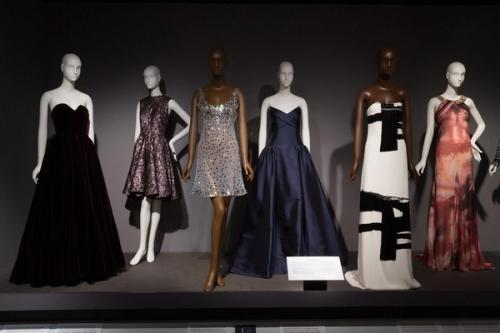Indian Fashion Design: Innovation Meets Tradition

India, a land known for its rich cultural tapestry and diverse heritage, has always been a treasure trove of artistic inspiration. In the realm of fashion, this cultural richness serves as a canvas for designers to blend tradition with innovation, creating a unique and vibrant fashion landscape. In this short blog, we explore the essence of designing fashion in India.
A Tapestry of Tradition:
India's fashion journey is deeply intertwined with its cultural and historical narratives. Traditional clothing like sarees, lehengas, and kurta-pajamas have stood the test of time and continue to be celebrated staples of Indian fashion. These timeless pieces are not just garments; they are symbols of heritage and identity.
Colors that Speak:
Indian fashion is a riot of colors. The country's diverse geography, festivals, and celebrations all find expression through vivid and varied color palettes. Each hue tells a story, evoking emotions, traditions, and cultural nuances.
Craftsmanship and Artistry:
Craftsmanship is at the heart of Indian fashion. Artisans across the country masterfully weave, embroider, and embellish fabrics, creating intricate designs that are both exquisite and unique. Techniques like hand block printing, zari work, and mirror work are a testament to India's artisanal excellence.
A Fusion of Styles:
Contemporary Indian fashion is a fusion of styles and influences. Designers draw inspiration from their roots while infusing global trends into their creations. This fusion results in a fashion that's both traditional and modern, appealing to a global audience.
Sustainability and Ethical Practices:
In recent years, there has been a growing emphasis on sustainability and ethical practices in Indian fashion. Designers are increasingly turning to eco-friendly fabrics, responsible sourcing, and fair labor practices, aligning fashion with global sustainability efforts.
Celebrity Endorsement:
Bollywood, India's prolific film industry, plays a significant role in shaping fashion trends. Celebrities are not just fashion icons; they are trendsetters whose choices influence the masses.
Regional Diversity:
India's vastness is reflected in its fashion diversity. Each region boasts its own unique styles, fabrics, and techniques. From the intricately woven Benarasi silk sarees of Varanasi to the vibrant Bandhani prints of Rajasthan, the country's fashion diversity is awe-inspiring.
Designing for All Occasions:
Indian fashion is versatile, catering to a wide range of occasions. From opulent bridal wear for weddings to elegant formal wear for corporate events and casual chic for everyday wear, Indian designers offer something for every moment.
Global Recognition:
Indian fashion has gained international recognition and acclaim. Indian designers regularly showcase their collections on global runways, and Indian fashion weeks are on par with international counterparts.
Conclusion:
Designing fashion in India is a mesmerizing journey that blends tradition, culture, and innovation. It's a celebration of color, craftsmanship, and artistry, all woven into the fabric of everyday life. As India continues to make its mark on the global fashion stage, it remains a beacon of inspiration for designers who seek to blend heritage with contemporary flair. In the world of fashion, India's creative spirit shines brightly, inviting the world to embrace its unique charm.
You can begin your journey towards your dream career in fashion design today by taking the first step. Take advantage of the opportunity to study at the best fashion design college in India, IIFD - Indian Institute of Fashion & Design and unlock your potential.
Advertise on APSense
This advertising space is available.
Post Your Ad Here
Post Your Ad Here
Comments